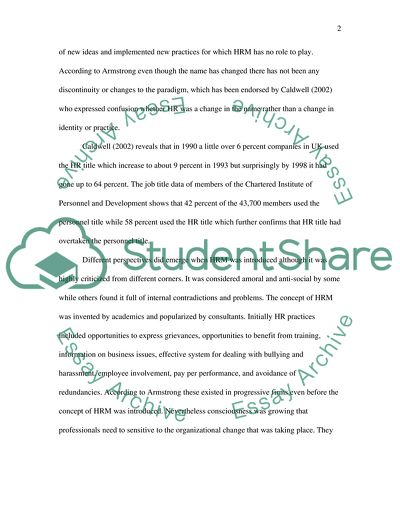Cite this document
(The Stages in the Development of Personnel Management and Human Term Paper - 8, n.d.)
The Stages in the Development of Personnel Management and Human Term Paper - 8. Retrieved from https://studentshare.org/human-resources/1705856-human-resource-management
The Stages in the Development of Personnel Management and Human Term Paper - 8. Retrieved from https://studentshare.org/human-resources/1705856-human-resource-management
(The Stages in the Development of Personnel Management and Human Term Paper - 8)
The Stages in the Development of Personnel Management and Human Term Paper - 8. https://studentshare.org/human-resources/1705856-human-resource-management.
The Stages in the Development of Personnel Management and Human Term Paper - 8. https://studentshare.org/human-resources/1705856-human-resource-management.
“The Stages in the Development of Personnel Management and Human Term Paper - 8”, n.d. https://studentshare.org/human-resources/1705856-human-resource-management.


